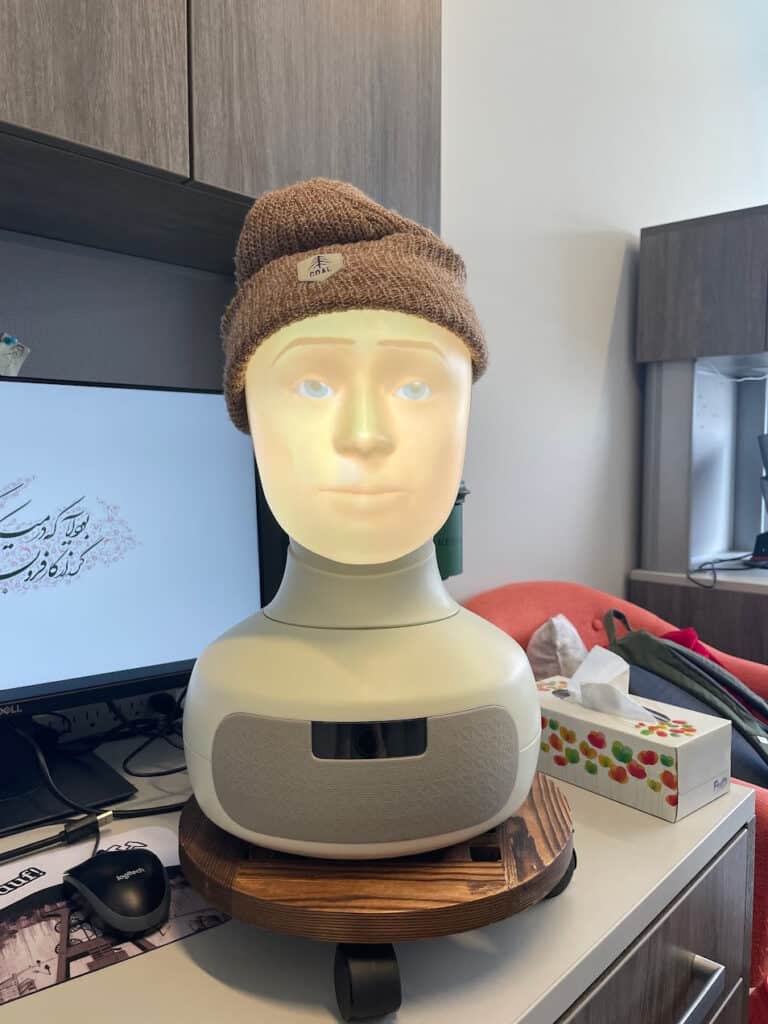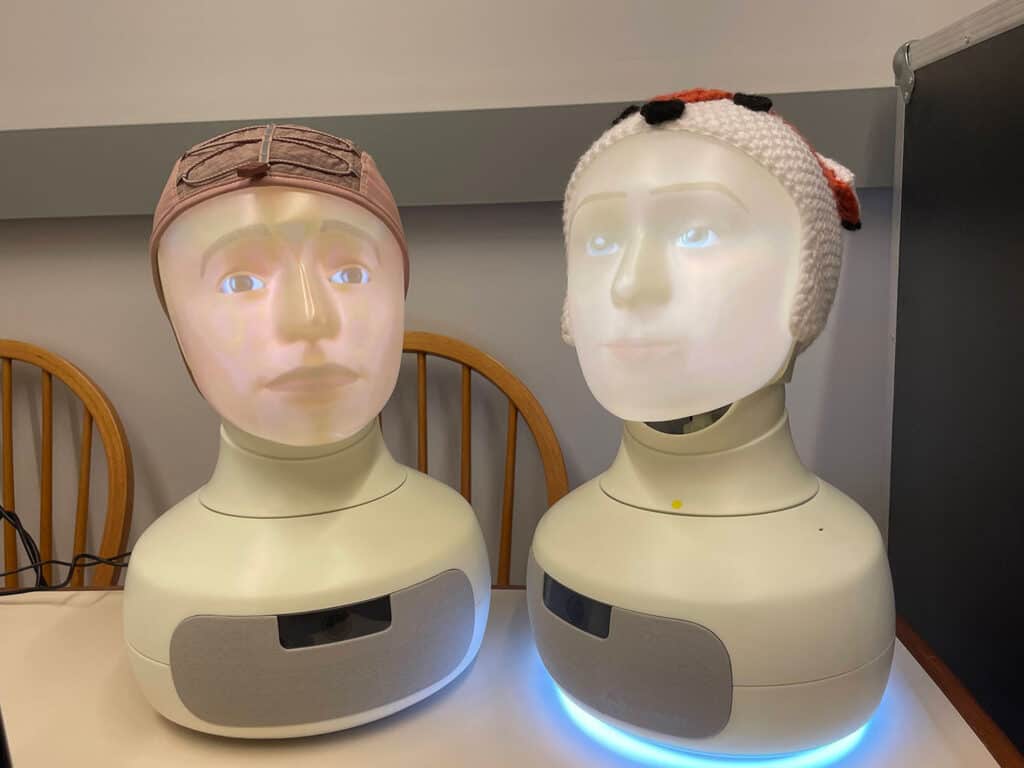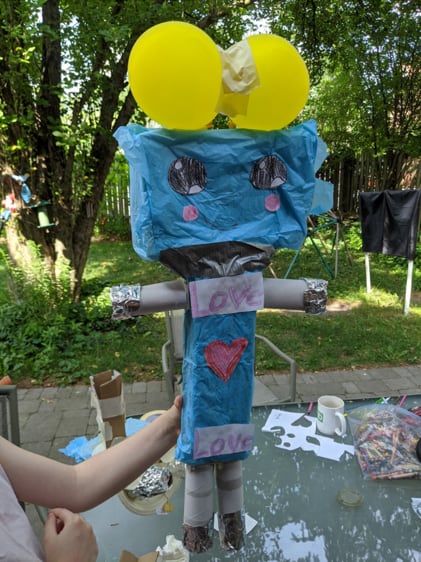An artificial intelligence project by engineering researcher Elaheh Sanoubari offers educators inspiration to help students respond to bullying.
By Sharon Aschaiek
For many students, bullying is and always has been a part of school life. The rise of social media has only made matters worse. According to the 2019 Canadian Health Survey on Children and Youth, that year, 71 per cent of kids aged 12 to 17 experienced at least one form of bullying, while 25 per cent reported being cyberbullied.
But innovations in artificial intelligence (AI) are empowering educators to help children respond skillfully to instances of bullying. That’s the goal of Elaheh Sanoubari, a post-doctoral engineering researcher who is examining the potential for meaningful and immersive anti-bullying education through human-computer interaction.
Based out of the University of Waterloo’s Department of Systems Design Engineering, Sanoubari is developing Robots Empowering Minds, or RE-Mind, a role-playing game in which children observe human-like robots perform a peer-bullying scenario, and control the actions of a bystander robot. While studies show most bystanders of bullying incidents are passive, Sanoubari says by exploring this sensitive topic through these sophisticated machines, known as “social robots,” children are provided with a safe way to consider how they might intervene.
“With robots as the medium, there’s the ability to control how the story goes, pause the interaction, and reflect on what happened,” says Sanoubari, who works in Waterloo’s Social and Intelligent Robotics Research Laboratory. “It’s a way to encourage kids to have compassion for the person who is being targeted.”
In her research, Sanoubari has engaged public school children in Canada and the United States in the process of designing a fictional “student robot,” and imagining its positive and negative social interactions at school. The objective was to determine how children’s stories can support the use of interactive robots to facilitate learning about bullying and peer support. The children were able to generate various bullying scenarios for the robots and take on the roles of aggressors, victims, or bystanders safely.
To optimize RE-Mind, Sanoubari has consulted professionals from a variety of fields, including teaching, child and youth work, psychology, screenwriting, and game design. The associate chair of the University of Waterloo’s Theatre and Performance Program provided input on incorporating drama techniques to inspire learning and shape social change.
“Like puppets, robots are really good props for drama, because they promote make-believe play—children feel comfortable assigning a mind to them and using them to play different roles,” Sanoubari says.
She has also conducted focus groups with kids aged 8 to 14 that consider designing and evaluating fun robot games. Using LeBlanc’s Taxonomy of Game Pleasures, a framework with eight categories of game-playing enjoyment, the participants brainstormed a wide range of game-design ideas.
To understand educators’ views on current anti-bullying pedagogy, Sanoubari interviewed 13 Ontario elementary school teachers who identified the need for novel interventions relevant to children’s present-day experiences. The innovative nature of social robots, Sanoubari says, has the capacity to capture kids’ attention, elicit social reactions, and promote behaviour change, making them a powerful teaching and learning tool.
“When you put a robot in front of kids, they want to see what it can do. They are making this cool toy do things in the physical world, and that’s exciting for them,” Sanoubari says. “This can be leveraged by educators to motivate kids to learn.”
The robot model Sanoubari uses in her research is a desktop device with a human-shaped face that, through backlit projection, displays different facial expressions and emotions. Equipped with an HD camera with computer vision and face-tracking, speakers, and microphones, it can interact with humans by nodding and shaking its head, and can converse in 40 languages in a variety of voices and accents.
Made by Colorado-based company Furhat Robotics, the cost of the device starts at USD15,000 (about CAD20,000), making it ideal for researchers and early adopters. But Sanoubari hopes her research inspires teachers to explore using off-the-shelf robots to lead more simplified and engaging anti-bullying lessons.
“You don’t need to be an expert in robotics to be able to use it as a teaching tool,” she says. “With the right narrative, and by handling the topic with sensitivity, teachers can use basic robots to teach about anti-bullying.”




